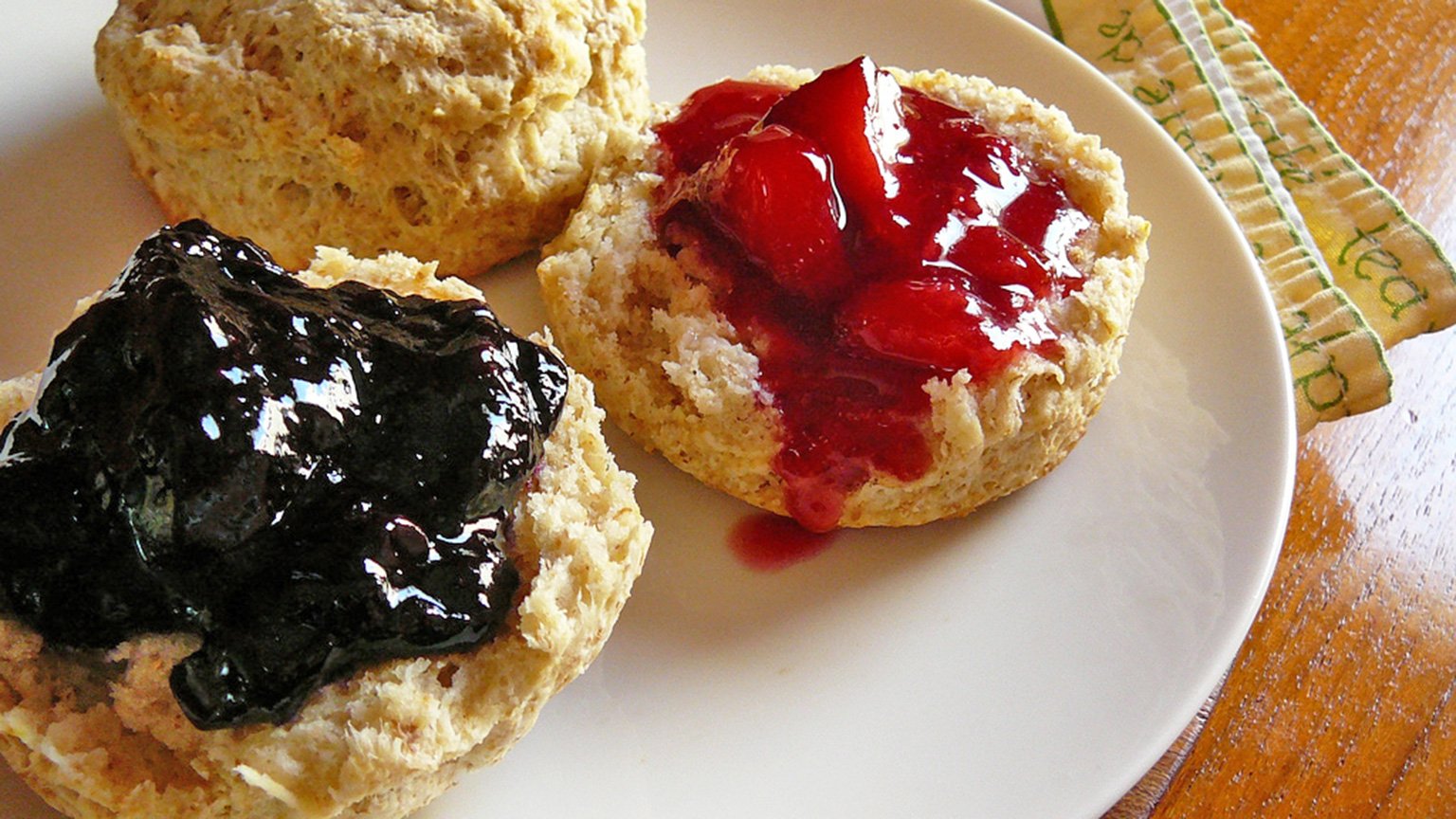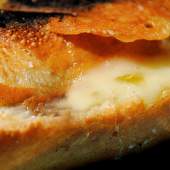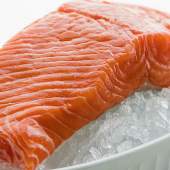Jelly, Jam, and Preserves

“The rule is, jam tomorrow and jam yesterday - but never jam today.”
--Lewis Carroll, Through the Looking-Glass
“Tea…a drink with jam and bread..”
--Rodgers & Hammerstein, The Sound of Music
Our most recent post was in honor of National Peanut Butter Day, that dietary staple that has been an indispensable component in recipes (and especially sandwiches) since before World War II. It seems only fitting, therefore, to follow up with a treatise on its frequent companion: jelly…and its close cousins jam, preserves, marmalade, fruit butter, curd, and conserve, among others. What’s the story behind these, and how do we differentiate them from each other?
Why preserves? From the earliest days of human existence, perishable foods that could not be consumed in a timely fashion needed to be preserved in some way, so as to be available in times of scarcity. Fruit preservation on its own may go as far back as the pre-Roman era – we know this because one of the earliest cookbooks in antiquity, De Re Coquinaria (The Art of Cooking), reportedly included a recipe for fruit preserve attributed to the famous epicure Marcus Gavius Apicius. The recipe itself is lost, but it’s possible his method involved immersing pieces of fruit in tightly sealed jars of honey (which contains no moisture and therefore was ideal for preservation purposes), a popular practice in ancient Greece that was subsequently known as confiture. Later, the Romans, not to be outdone, improved upon this honey-fruit mixture by adding spices and cooking it before putting the result in airtight containers. The process of cooking fruit with sugar and water breaks down pectin, a fiber that comes from the cell walls of fruit, which thickens the concoction into its distinctive texture. The ingredients used and skill that went into making this decadent concoction put it out of reach for all but the wealthy elite for centuries. In fact, the French king Louis XIV was known for a particular dessert: straight preserves to be spooned directly from the bowl (possible vindication for those of us whose guilty pleasure is eating jam right out of the jar).
By the 1800s, the price of sugar was steadily decreasing (due in part to refining innovations that came about during the Industrial Revolution), and the masses could now afford to make their own jams and preserves. In America, as the population expanded to the west, so did fruit orchards (spurred on by such pioneers as the legendary “Johnny Appleseed”), and jam-making moved beyond home kitchens and became a booming retail industry for the likes of small-town Ohio entrepreneur Jerome Smucker (sound familiar?) who in 1897 began making cider, and then apple butter. Not to mention another visionary, Dr. Thomas Branwell Welch, whose “Grapelade,” made from Concord grapes, was so popular that during World War I, the U.S. Army bought up Welch’s entire inventory for consumption by American troops serving in France. Needless to say, the products of Mr. Smucker and Dr. Welsh certainly caught on with the general public, and are ubiquitous on grocery store shelves today.
The home canning company Mrs. Wages provides this great explanation of the various varieties of preserves and jams:
- Jellies are made from fruit juice and sugar; most are cooked, but there are some recipes for jellies that are refrigerated without cooking. Jellies…should hold their shape yet be tender. The flavor should be a good fruit flavor with the right amount of sweetness.
- Jams are made by crushing fruit with sugar. Jams are usually thick and sweet but not as firm as jelly. Jams should be spreadable. Preserves, on the other hand, use whole small fruits or pieces of fruit in a gelled syrup. The…color should be characteristic of the fruit from which it is made.
- Conserves are a lot like jam but are made from combining fruit and sometimes raisins, nuts, and coconut.
- Marmalades are usually made of citrus fruits and contain pieces of the peel suspended in a transparent jelly. We may owe the creation of this to Mary, Queen of Scots…legend has it that her doctor invented it to help her cope with seasickness.
- Fruit butter utilizes the pulp of the fruit, cooked with sugar into a thick spreadable mixture. Many fruit butters are enhanced by adding spices to them.
In addition, curd (as in the luscious yellow lemon curd that is a traditional component of afternoon tea) is a rich and creamy spread that, in addition to sugar and fruit juice, includes butter and eggs. Yum!
Of course, jam is served at afternoon tea as well, on scones with clotted cream (or crème fraîche). Whether you apply the jam first and the cream second (or vice versa) has been hotly debated; when in doubt, perhaps Buckingham Palace knows best.





